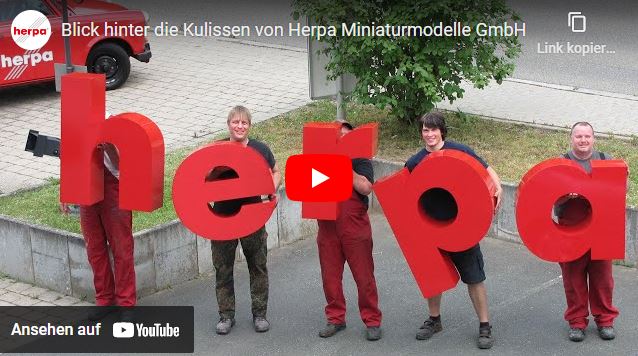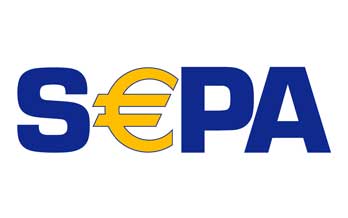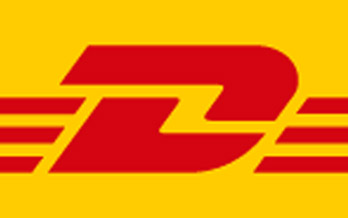Details are our Passion
Herpa Miniaturmodelle GmbH is the market and innovation leader in specially detailed and highvalue car, truck, and airplane miniatures. The models are highly soughtafter by collectors, and are craved by model railroaders as well as companies from all fields of enterprise for advertising and merchandising.
Through cooperation with renowned car and aircraft manufacturers as well as leading companies of the transportation and logistics industry, Herpa has established a huge product range rendering modern as well as historic originals. The current Herpa Collection counts more than 1,500 readily available models that reach our customers through model specialty shops as well as an international dealership network.
Herpa employs about 200 staff members at its headquarters in Dietenhofen, Germany and the Herpa facility in Hungary. Besides the development, production, warehousing, administration and distribution departments, the Herpa Miniature Museum with its own sales display is also located here.
Herpa was founded in 1949 by Wilhelm Hergenröther and is today owned by Fürst Andreas zu Leiningen.







